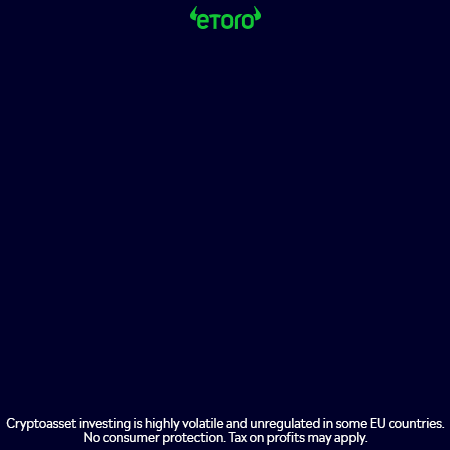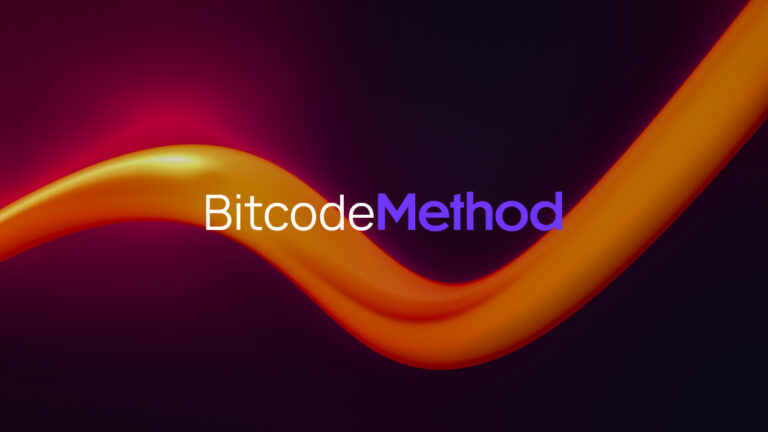Creating a passive income stream is a popular financial goal for many individuals and investors alike. And while there are countless ways to go about it, I personally prefer the lazier route of investing in dividend-paying shares. After all, it’s not exactly hard to go out and buy shares in a business today.
Of course, there is an element of risk. And it does require some capital to get started. But if I wanted to build a passive income stream of £5,000 per year right now, how would I do it? Let’s explore.
Calculating capital requirements for passive income
Today, with commission-free trading platforms all around, it’s possible to start investing with as little as £20. But, sadly, that isn’t going to cut it for building up a sizable passive income. Let me demonstrate.
Looking at the FTSE 100, the companies within the index deliver an average dividend yield of 4%. But by being more selective and picking my own stocks rather than investing in an index fund, hitting a 6% dividend yield is more than possible.
But even at 6%, my £20 investment would generate a grand total of £1.20 per year. Sure, that’s much better than a savings account, but it’s hardly anything to get excited about.
So how much would I need to hit my £5,000 target? The answer is £83,000.
Obviously, that kind of money isn’t exactly lying under the mattress. But by investing small amounts consistently, hitting that goal becomes far more realistic. And I can even accelerate the process by choosing to automatically reinvest dividends along the way.
Avoiding yield traps
It can be a bit of a minefield when venturing into the realm of high dividend yield shares. It’s not an uncommon situation whereby an investor buys into a business offering 10%+ yield only for it to be cut, or even cancelled a few months later. So how do I avoid this trap?
It’s important to remember that paying dividends are 100% optional for businesses. When a company hits maturity, the opportunities for growth are fewer and far between. So instead, spare capital is often returned to the shareholders. This is the reason why younger companies rarely offer a dividend to shareholders as they seek to reinvest in themselves.
The keyword here is “spare” capital. If a firm finds itself in a financial pickle, as many did in early 2020, one of the first expenses to get put on the chopping block is dividends. By simply checking the state of cash flows of a business, a lot of these passive income traps can be avoided.
Take Carnival, for example. After the pandemic struck, the cruise line operator saw its revenue stream and, in turn, cash flows decimated. Clearly, the dividends weren’t going to last, and they were eventually cancelled to save as much money as possible. But for a few weeks, the stock looked like it had an incredible yield of over 15%!
Risks of investing in dividend shares
I’ve already discussed one of the primary risks surrounding passive income investments – the risk of a dividend cut. But there are more threats to consider. One, in particular, is the volatility of the share price itself.
Today, markets are seeing elevated volatility levels, courtesy of the pandemic, inflation, interest rates, and brewing geopolitical situation in Eastern Europe. And as a result, the share prices of seemingly healthy businesses are taking quite the beating.
Consequently, the falling share prices eat into my overall portfolio return even if dividends don’t get compromised. For example, say I bought £1,000 worth of shares in a business that pays out a sustainable 10% dividend yield. For one reason or another, the stock drops by 30% over the next few weeks despite cash flows remaining intact. Even though the dividends are still being paid out, it’s not enough to mitigate the loss from the drop in share price.
Fortunately, there are ways to reduce exposure to this sort of risk. One of the most popular and easiest methods is diversification. By owning a pool of companies spread across different industries, the impact of a share price drop in one stock is offset by the others.
What are the best dividend shares to buy now?
The pandemic has wreaked havoc across many industries. But it’s also created plenty of exciting opportunities even for income investors.
Combining inflation with increased demand and supply chain disruptions gives the recipe for rising raw material prices. That’s obviously bad news for consumers, but it’s a dream come true for natural resource businesses like mining or oil. Both of these industries operate with largely fixed costs, so any increase in material prices translates into higher margins.
With spare cash flows getting bigger, sustaining high dividend yields becomes far easier. That’s why firms like Rio Tinto, Anglo Pacific, and BP all offer attractive dividend yields today of 8.7%, 6.3%, and 4.1% respectively. However, another risk to consider is what happens when supply eventually catches up with demand. In this scenario, the raw material prices will undoubtedly start to fall, taking margins with it and, potentially, even dividends.
Another sector that has and continues to deliver sizable passive income is the tobacco industry. Morals aside, British American Tobacco and Imperial Brands currently offer impressive dividend yields of 6.3% and 7.8% respectively. Like all businesses, these dividend shares have their own set of risks, especially from regulators. With new legislation pushing for further restrictions on nicotine levels in cigarettes, future sales could become adversely affected.
Final thoughts on passive income
Regardless of the size or maturity of a business, there will always be an element of risk with each passive income investment. But by searching for only high-quality companies with large and sustainable cash flows, a lot of income traps can be avoided.
And over the long term, a £5,000 passive income stream could become more than obtainable.
The post Want to make £5,000 passive income? Here’s how I’d do it with dividend shares appeared first on The Motley Fool UK.
But there are plenty more UK shares out there that can help me achieve this goal. For example, here is another stock that looks even more promising…
FREE REPORT: Why this £5 stock could be set to surge
Are you on the lookout for UK growth stocks?
If so, get this FREE no-strings report now.
While it’s available: you’ll discover what we think is a top growth stock for the decade ahead.
And the performance of this company really is stunning.
In 2019, it returned £150million to shareholders through buybacks and dividends.
We believe its financial position is about as solid as anything we’ve seen.
Since 2016, annual revenues increased 31%
In March 2020, one of its senior directors LOADED UP on 25,000 shares – a position worth £90,259
Operating cash flow is up 47%. (Even its operating margins are rising every year!)
Quite simply, we believe it’s a fantastic Foolish growth pick.
What’s more, it deserves your attention today.
So please don’t wait another moment.
Get the full details on this £5 stock now – while your report is free.
More reading
An investment trust I’d buy with £500 today
The Rolls-Royce share price looks cheap to me, but will it take off?
2 penny shares to buy now with 4%+ yields
I’d invest £5k in these hydrogen stocks for the green energy revolution
Is the BP share price about to take off?
Zaven Boyrazian owns Anglo Pacific. The Motley Fool UK has recommended Anglo Pacific, British American Tobacco, and Imperial Brands. Views expressed on the companies mentioned in this article are those of the writer and therefore may differ from the official recommendations we make in our subscription services such as Share Advisor, Hidden Winners and Pro. Here at The Motley Fool we believe that considering a diverse range of insights makes us better investors.








